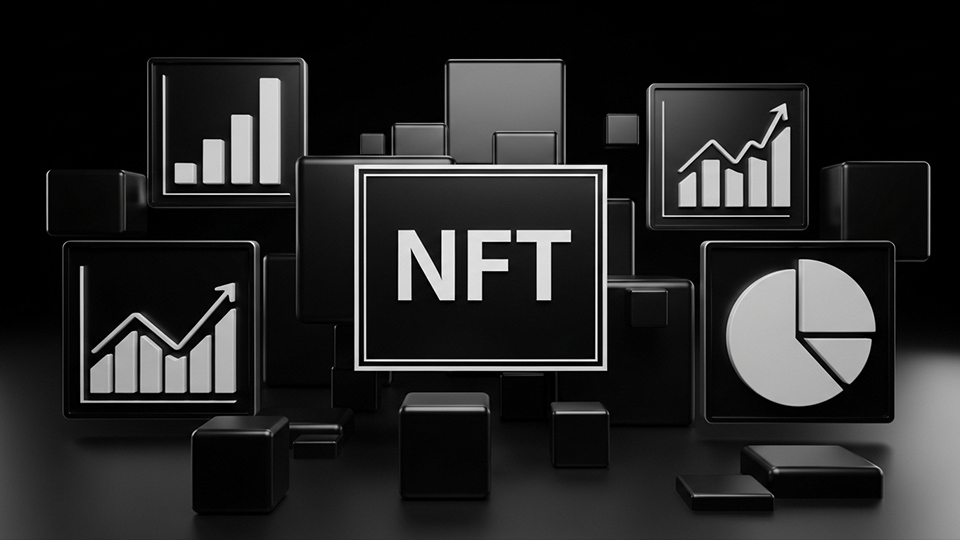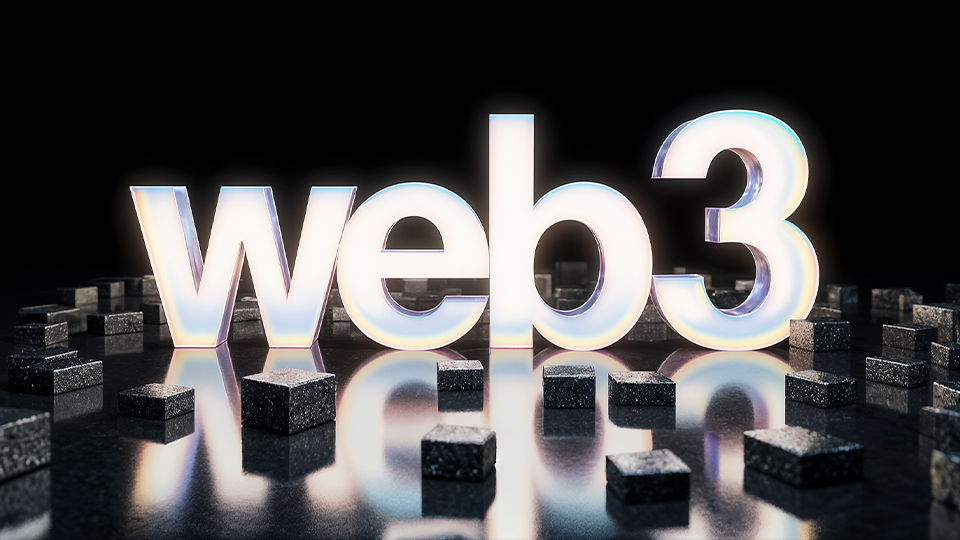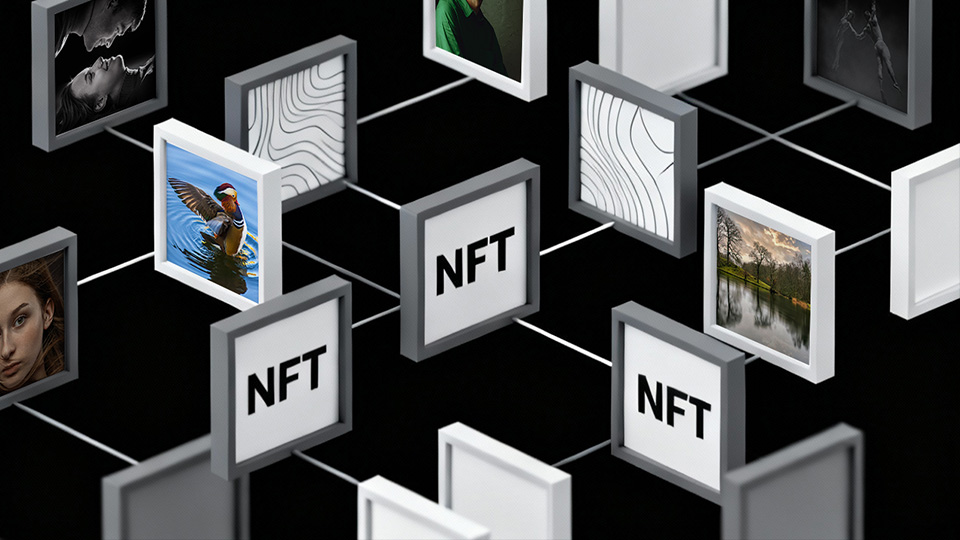Financializing NFTs
Non-fungible tokens (NFTs) have become synonymous with digital art and collectibles, capturing headlines with multi-million-dollar sales and celebrity endorsements. Yet, beyond their cultural impact, NFTs are increasingly being recognized for their potential as financial instruments. The process of financializing NFTs involves taking these unique digital assets and framing them within traditional financial structures, allowing investors to leverage, trade, and derive economic value from them in ways that go far beyond simple ownership.
Traditionally, NFTs have been valued primarily for their creativity and rarity, serving as digital representations of art, music, or other cultural assets. However, as marketplaces and blockchain platforms evolve, these tokens are beginning to adopt characteristics similar to conventional financial products. For instance, fractionalized NFTs enable multiple investors to hold portions of a single asset, mirroring the mechanics of equity shares in a company. Similarly, NFT-backed lending protocols allow holders to use their tokens as collateral, effectively transforming an artistic or collectible asset into a source of liquidity.
The growing interest from institutional investors has accelerated this trend. Firms that once dismissed NFTs as speculative curiosities are now exploring ways to integrate them into diversified investment portfolios. Platforms are developing secondary markets with improved liquidity and standardized pricing mechanisms, which help reduce volatility and make NFTs more predictable from a financial perspective. This shift is blurring the lines between art, digital collectibles, and capital market instruments, suggesting a future where NFTs are not just items of cultural value but also legitimate components of financial strategy.
The implications of financializing NFTs are profound. By bridging the gap between creativity and capital, these assets introduce new avenues for investment, hedging, and risk management. Investors can participate in markets previously inaccessible, while creators gain innovative ways to monetize their work beyond a single sale. As regulatory frameworks evolve and technology improves, the integration of NFTs into broader financial spaceappears increasingly plausible, redefining what it means for a digital asset to have both cultural and monetary significance.
Financializing NFTs also opens opportunities for innovative derivatives, structured products, and even index tracking, signaling that these digital assets could play an integral role in the next generation of financial markets.




